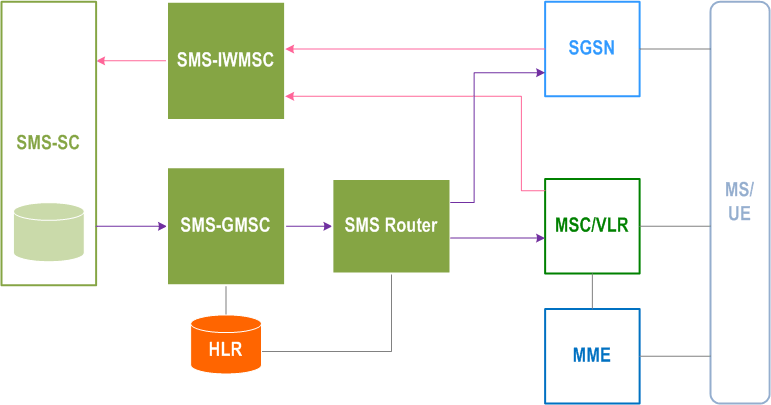TS 23.040
Short Message Service (SMS)
V18.0.0 (PDF)
2024/03 221 p.
V17.3.0
2023/06 221 p.
V16.0.0
2020/06 220 p.
V15.3.0
2019/03 219 p.
V14.0.0
2017/03 218 p.
V13.2.0
2016/09 216 p.
V12.2.0
2013/12 211 p.
V11.5.0
2013/03 208 p.
V10.0.0
2011/04 204 p.
V9.3.0
2010/09 204 p.
V8.6.0
2009/09 203 p.
V7.2.0
2009/03 201 p.
V6.9.0
2008/06 193 p.
V5.9.0
2008/06 183 p.
V4.10.0
2008/06 130 p.
V3.11.0
2008/06 128 p.
GSM Rel-98 v7.5.0
2001/12 120 p.
GSM Rel-97 v6.2.0
2001/12 114 p.
GSM Rel-96 v5.8.1
1998/06 113 p.
GSM Phase-2 v4.13.0
1996/03 106 p.
GSM Phase-1 v3.7.0
1994/01 119 p.
- Rapporteur:
- Mr. Nassar, Mohamed Amin
Nokia Germany

essential Table of Contents for TS 23.040 Word version: 18.0.0
each title, in the "available" or "not available yet" area, links to the equivalent title in the CONTENT